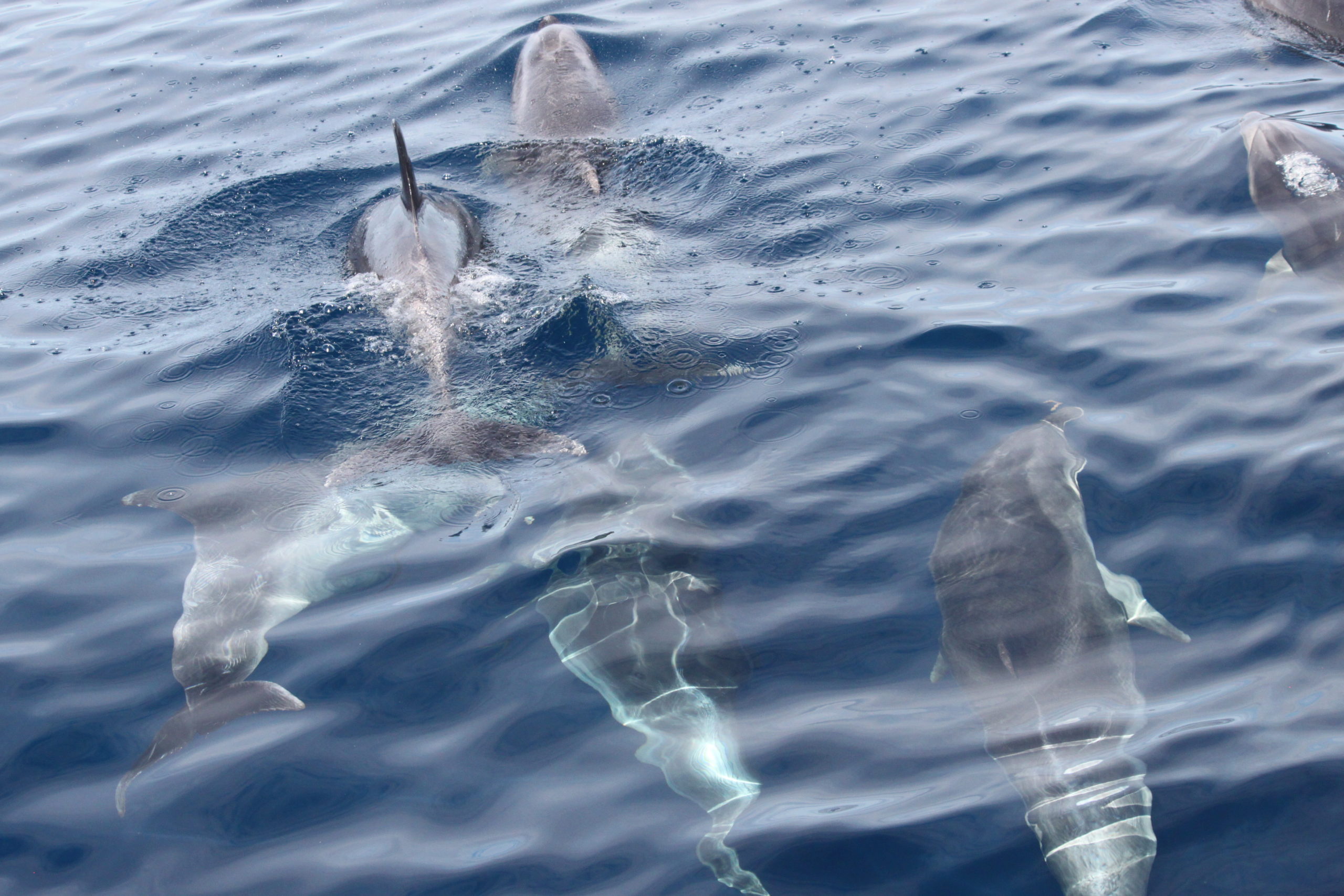B50 can be further explained as fish population sizes should be at a minimum at 50% of the size that the original fish population was, before large-scale fishing began.
B50 means more fish in New Zealand waters. More fish means more biodiversity through increased fish abundance. More biodiversity creates ecological resilience to fight environmental issues in the ocean. B50 is a solution that encompasses more fish to sustain our growing population, more fish for our fisheries to thrive, and more fish to help the ocean combat effects of human induced climate change.
With a minimum stock size of B50, we will have more large fish in the water, and more juvenile fish. Juvenile fish are given more time to breed, as fisheries effort is focused on the larger fish, meaning higher fish populations in total.
Higher fish populations also means improved catchability rates, reducing fishing costs, and promoting higher value catches. This means an increase in maximum economic yield of fish stocks, improving economic efficiency, which equals more jobs in fisheries.
Higher fish populations equals more mature, larger fish combined with smaller, juvenile fish which means there would be well-balanced age structure populations. This would contribute to more prey resources for apex and larger predators which are also integral to our marine ecosystems, such as marine mammals, seabirds, and sharks.


